

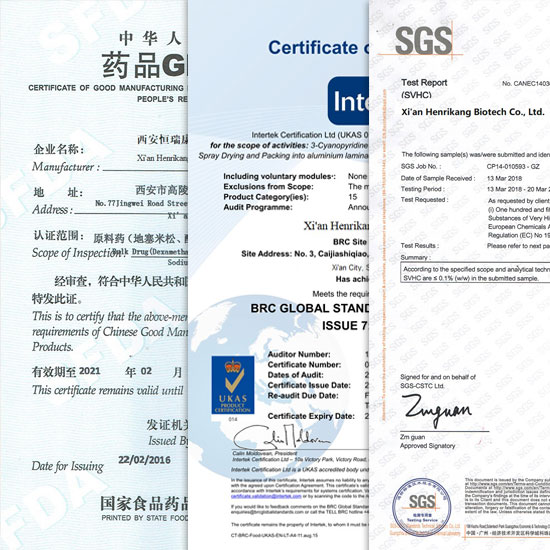



Related Attributes
Product details
Resveratrol (Res) is a non-flavonoidal polyphenolic compound, considered a plant antitoxin, produced when plants are subjected to pathogenic attack and environmental degradation.
It is mainly found in 72 species of plants from 12 families and 31 genera, such as grapes, tiger nuts, peanuts, mulberries, pines, buyer's twine, and Korean acacia.
Natural Plant Extraction Method: Tigernut is used as raw material, from which Res crude product is extracted, separated and then purified. Crude extraction techniques mainly include organic solvent extraction, alkali extraction and enzyme extraction, microwave-assisted extraction, CO2 supercritical extraction, ultrasound-assisted extraction and other new methods are also applied. The purpose of purification is mainly to separate the cis and trans isomers of resveratrol and resveratrol glycosides in the extracted Res crude product to obtain trans-resveratrol. Commonly used purification methods include chromatography, silica gel column chromatography, thin layer chromatography and high performance liquid chromatography.
Resveratrol has significant antioxidant activity against both animal and plant oils.
Among the three oil samples with resveratrol concentrations of 120, 240 and 360 mg/kg, the 240 mg/kg oil sample showed the strongest antioxidant activity, and in the antioxidant test on lard, the antioxidant effect of resveratrol was stronger than that of tea polyphenols at the same concentration.

Uses and functions of Resveratrol .
Resveratrol is an anti-free radical, antioxidant, and the functions associated with it are as follows:
1, delay aging;
2, preventing the oxidation of low-density lipoprotein, with the potential prevention and treatment of cardiovascular diseases (atherosclerosis and coronary heart disease, ischaemic heart disease, hyperlipidaemia, etc.);
3, affecting lipid and arachidonic acid metabolism;
4, anti-thrombosis, anti-platelet aggregation;
5, anti-inflammatory, anti-allergic effect.

Pharmacological Effects of Resveratrol .
Resveratrol is a chemopreventive agent for tumour diseases, and also a chemopreventive agent for reducing platelet aggregation, preventing and treating atherosclerosis and cardiovascular diseases.
In the 1990s, Chinese scientists and technologists have deepened their research on resveratrol and revealed its pharmacological effects: inhibiting platelet aggregation, preventing myocardial sclerosis and cerebral embolism, having a protective effect on hypoxic heart, effectively restoring the decline in cardiac output caused by burns or haemorrhagic shock, and expanding arterial vasculature and improving microcirculation.
Resveratrol was listed as one of the "100 most popular and effective anti-aging substances" in the "Anti-Aging Canon" compiled by Al Mindell in 1998. Chinese Academy of Agricultural Sciences Peanut Research Institute Yu Shanlin researcher and nationally renowned medical experts, Professor Mao Wenyue said that the research and development of resveratrol in peanuts (peanuts, protein and fat content than meat, eggs, the ancients called the "everlasting fruit") will be one of the most important nutritional issues in the 21st century.
So far, NASA has designated peanuts as aerospace food, often eat peanut products, can alleviate cardiovascular disease, reduce blood lipids, delay aging. Peanut oil, peanut butter and other resveratrol-rich foods will become the new fashion of nutrition and health in the 21st century.
Resveratrol is a chemopreventive agent for tumour diseases and a chemopreventive agent for reducing platelet aggregation, preventing and treating atherosclerosis and cardiovascular diseases. Resveratrol has an inhibitory effect on Staphylococcus aureus, Cattacoccus, Escherichia coli, Pseudomonas aeruginosa, and has a strong inhibitory effect on Orphan Virus, Herpes Simplex Virus, and Enterovirus, Coxsackie a and b groups.
In the 1990s, our science and technology workers have deepened the research on resveratrol and revealed its pharmacological effects: inhibition of platelet abnormal coagulation, prevention of myocardial sclerosis, cerebral embolism, protective effect on hypoxic heart, effective restoration of the decline in cardiac output caused by burns or haemorrhagic shock, and the ability to dilate arterial vasculature and improve microcirculation.

Content determination method of Resveratrol Raw Powder.
The separation was carried out on a C18 column with acetonitrile:water (30:70, v/v) as the mobile phase and detected at 306 nm with an ultraviolet detector.
The results showed that the concentration of resveratrol was in the range of 10-250 μg/mL, and the linear relationship between the concentration and the peak area was good (r=09999); the spiked recoveries ranged from 925% to 1026%; and the lowest detected concentration was 06 mg/g. The results also showed that the concentration of resveratrol in the range of 10-250 μg/mL showed good linear relationship with peak area (r=09999).
The flow rate can be adjusted to measure the enzymatic conversion of thujaplicin and resveratrol simultaneously.
WHY CHOOES US?
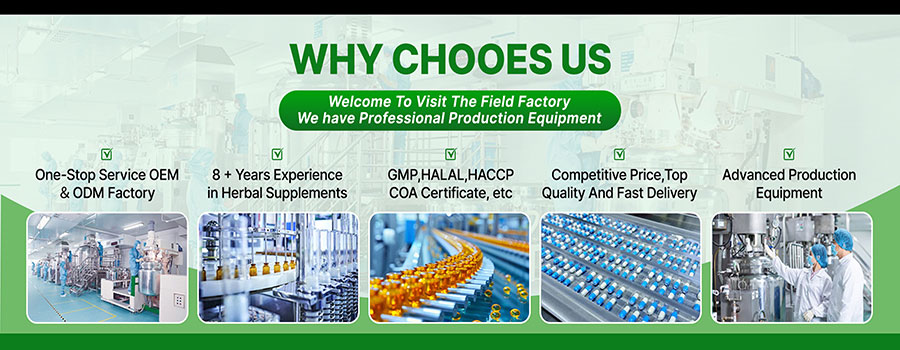
OUR CERTIFICATE
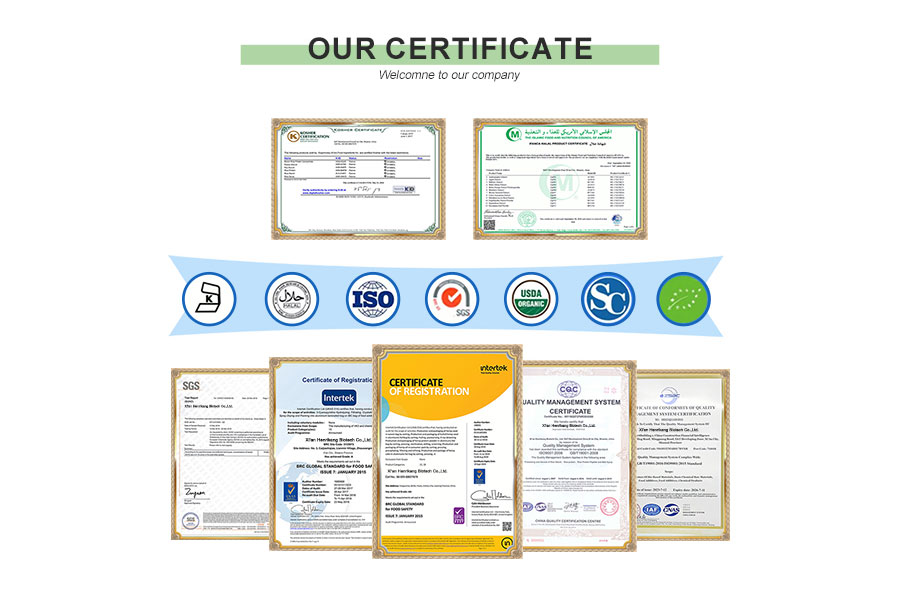
CUSTOM PROCESS
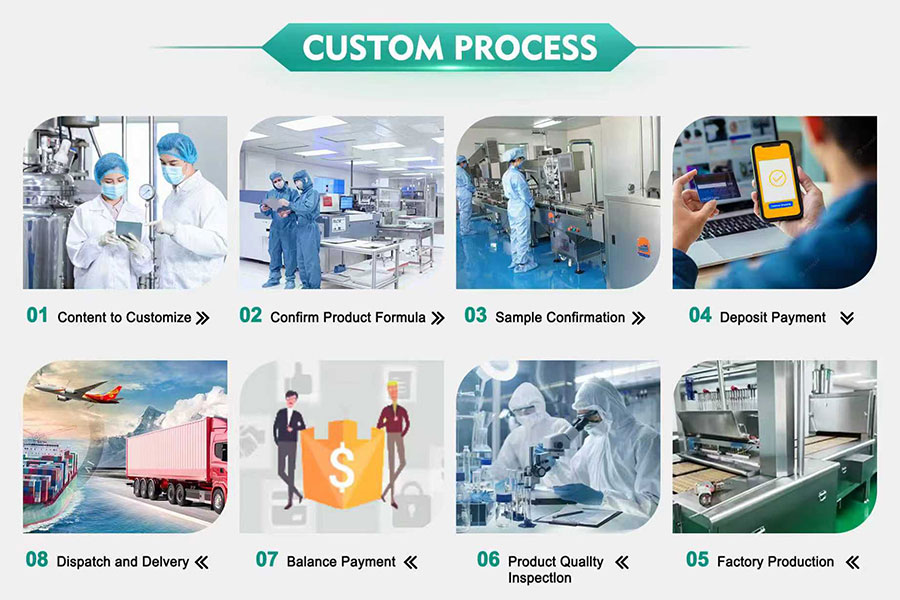
OUR PACKAGE
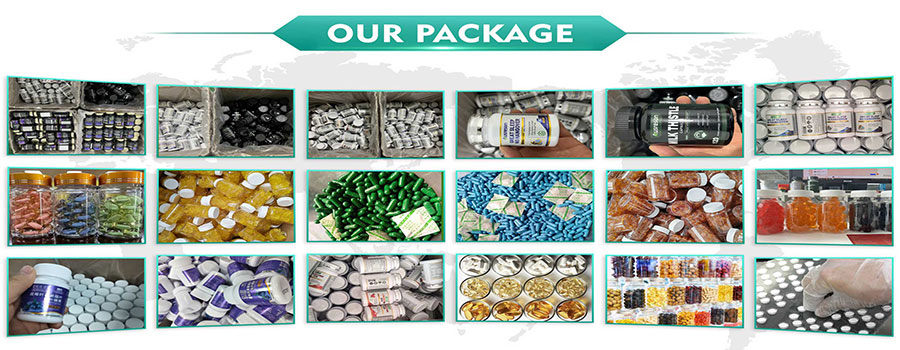
OUR EXHIBITION
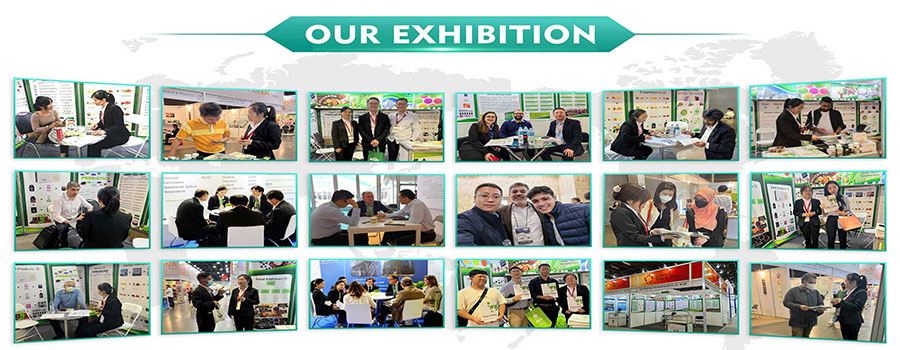
OUR FACTORY
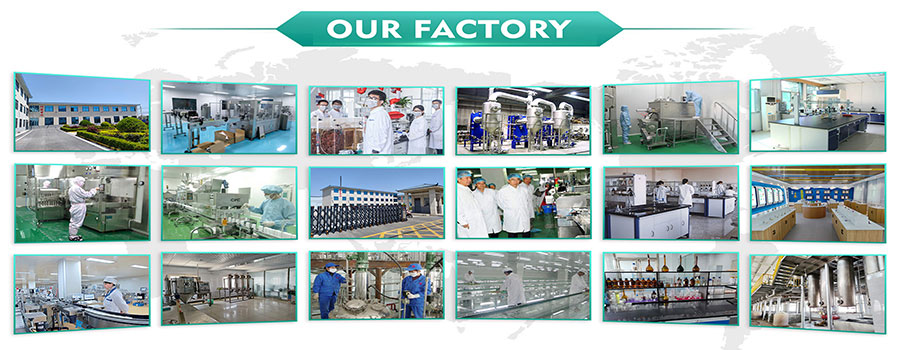
Shipping

Pharmaceutical Intermediate manufacturers
©2022 Xi'an Henrikang Biotech Co., Ltd.,